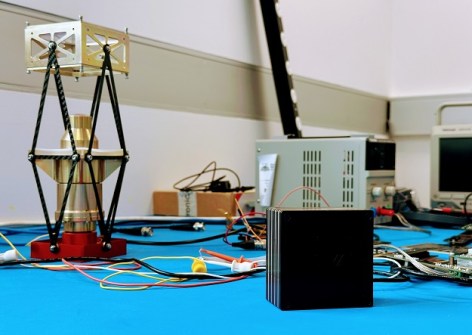
Australian and UK space companies and academia are combining their expertise to develop a new space camera that can send images back to Earth at high speed to aid in disaster resilience operations, land management and defence.
The multi-sensor camera is being developed by Leonardo, Spiral Blue, Nominal Systems and The Australian National University (ANU), brought together under an iLAuNCH Trailblazer project.
“This partnership will bring first-mover advantage to Australian industry and ANU, which is set to deliver a commercially viable product for future satellites,” said iLAuNCH Trailblazer Executive Director, Darin Lovett.
For its share in the project, Leonardo has developed extremely sensitive shortwave infrared (SWIR) detectors, technology which has not previously been integrated into a full camera system for space applications.
The ANU has been developing the Rosella processor as the computer behind the detector. Rosella will read in the images and make them available for processing.
Spiral Blue has developed an in-space computer, tailored for edge processing AI, which will be integrated with the ANU processor to capture and process the imagery.
Nominal Systems will help integrate the camera into the satellite bus.
ANU will also develop the optics assembly and further qualify the hardware for spaceflight readiness.
“This program is a great example of technology developed for a very specific, astronomy focused, problem which we can transition to a wider market,” said Professor Robert Sharp of the ANU’s Advanced Instrumentation Technology Centre.






